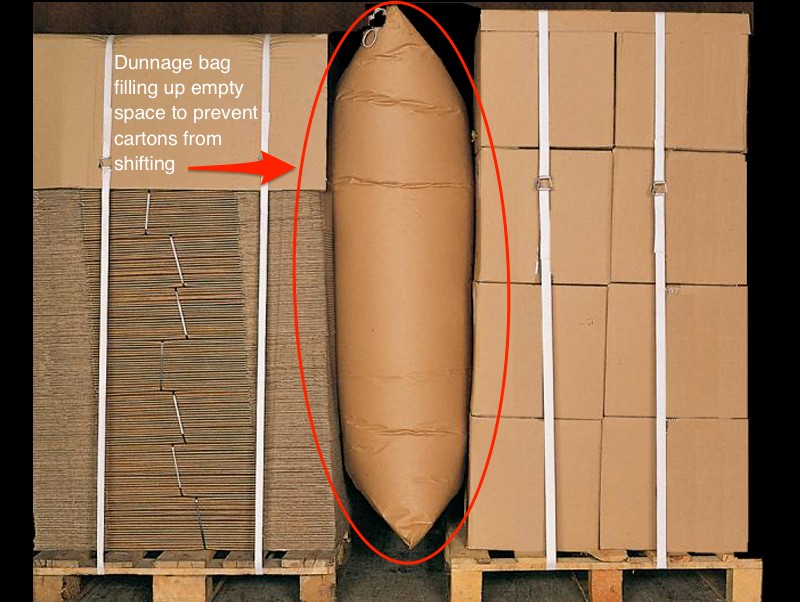Help Center Article
How to Load a Container
Tags:
Properly loading the ocean container will help prevent goods from getting damaged.
How to Load a Container
Properly loading a container will help protect your goods from damage during transit. The goods need to be protected from sliding around during the unsteady ocean leg, and from rattling and banging if the container is traveling via rail.
Your supplier is responsible for loading the container “shipper’s load, stow, and count.” “Shipper’s load, stow, and count” means that the supplier is responsible for loading the container, the number of cartons in the container, and the securement of the cartons. If the container is not loaded correctly, neither the carrier nor Flexport is held liable.
Keep the following guidelines in mind when loading a container:
- Stack boxes so that pressure is distributed, similar to an interlocking brick pattern.
- Heavy cargo should be loaded on the bottom with lighter cargo on top.
- Densely pack cartons to prevent shifting. Empty space allows room for movement, so use dunnage to fill in extra space:

Secure the cargo using items such as:
- Load bars
- Load straps
- Bracing plywood (wood must comply with IPCC measures)
Your supplier should know which securements will be most effective for your cargo.
See Tips for Packaging and Damage Prevention for more information on how to package your goods to protect them from damage during transit.
If your shipment is going FCL to Amazon, see Amazon’s floor loading specifications, and Amazon’s pallet specifications.
